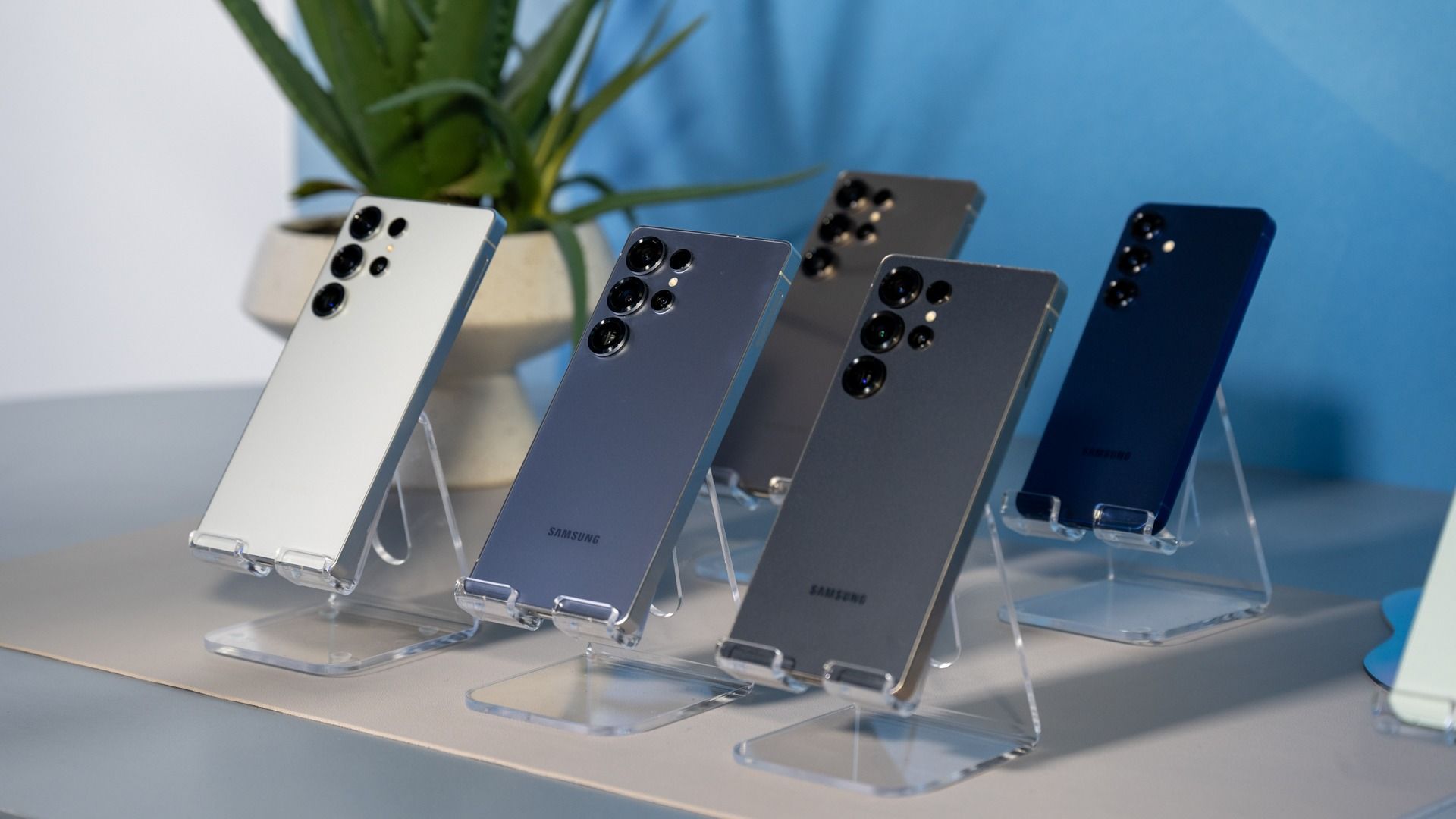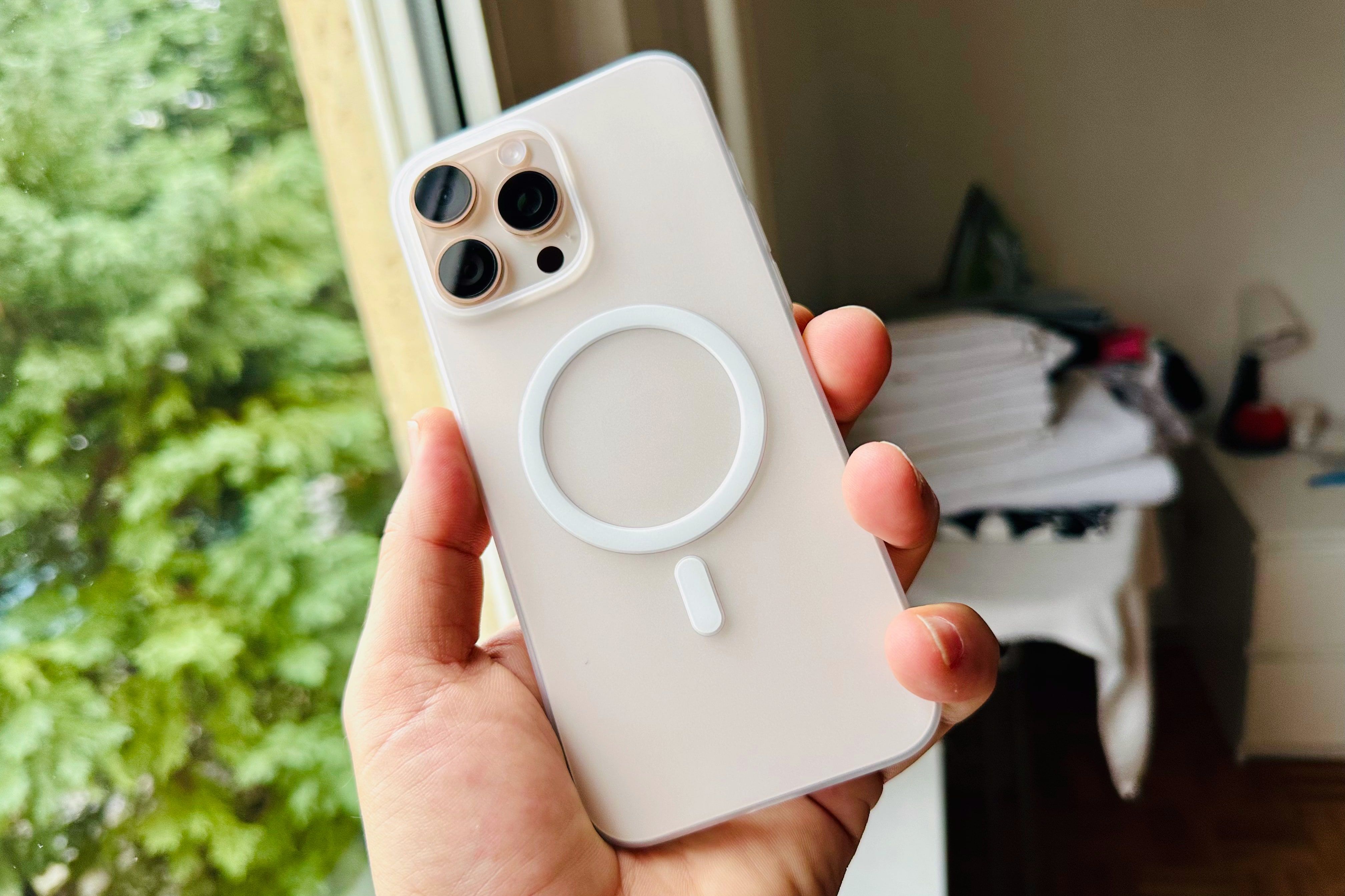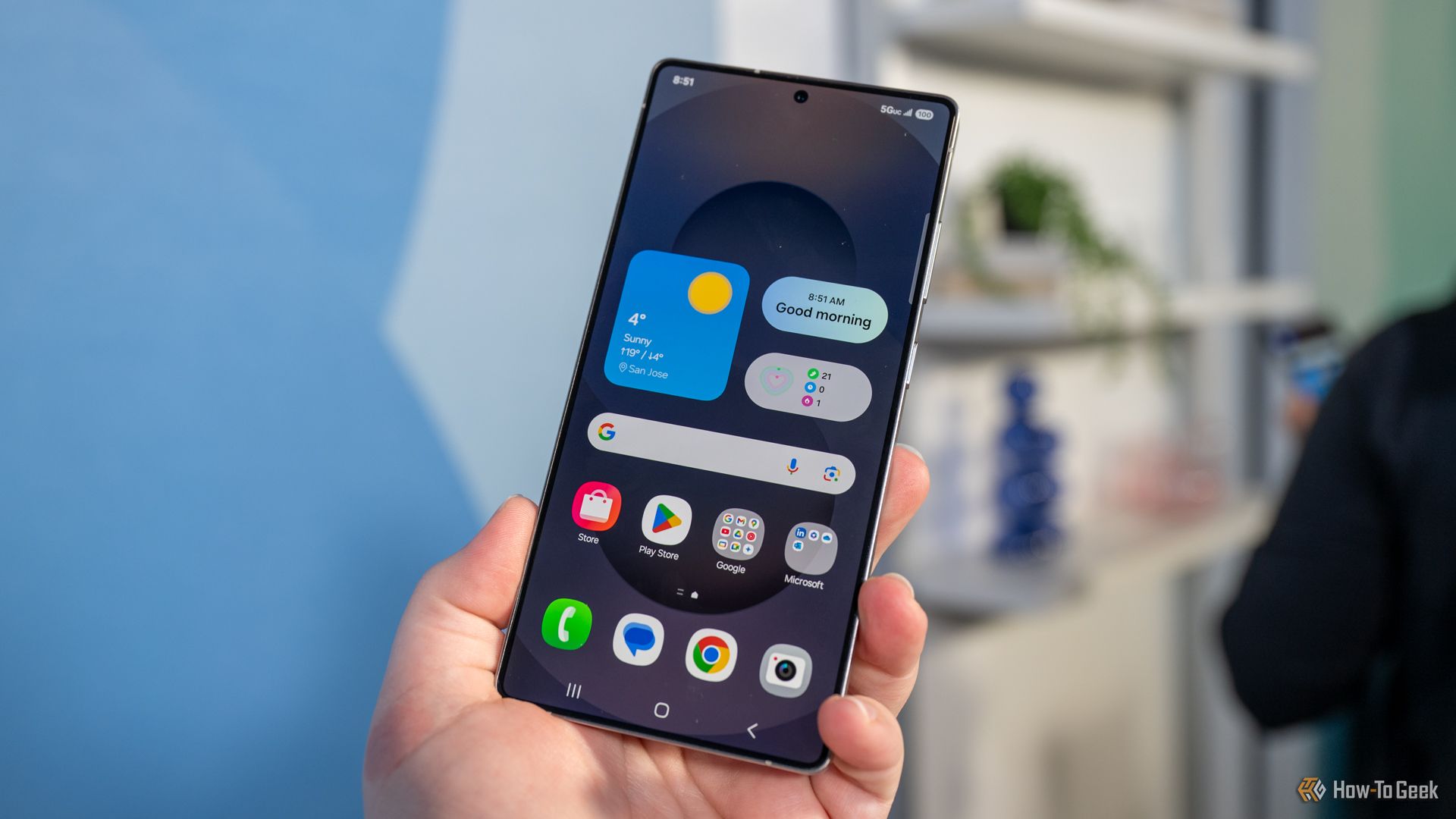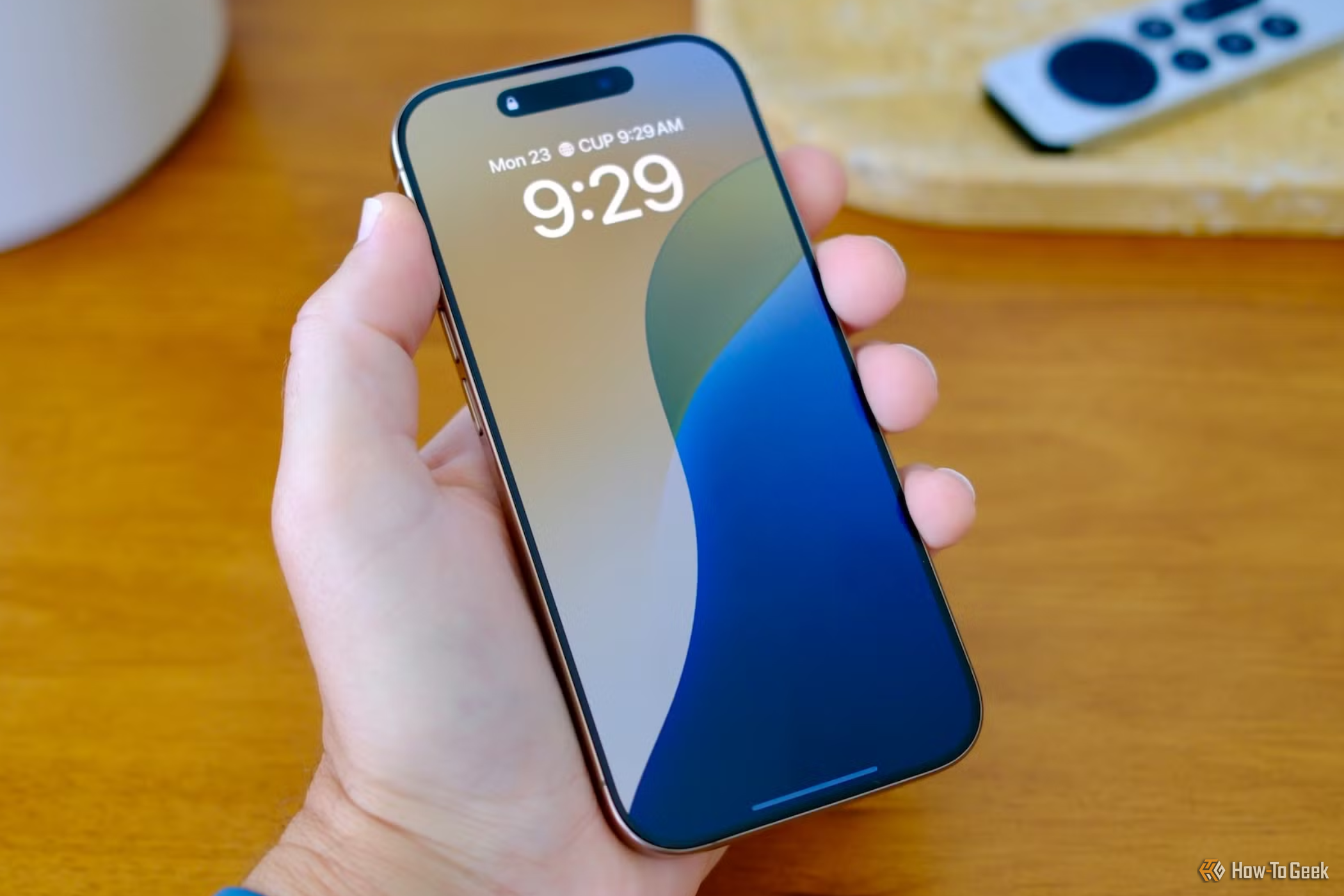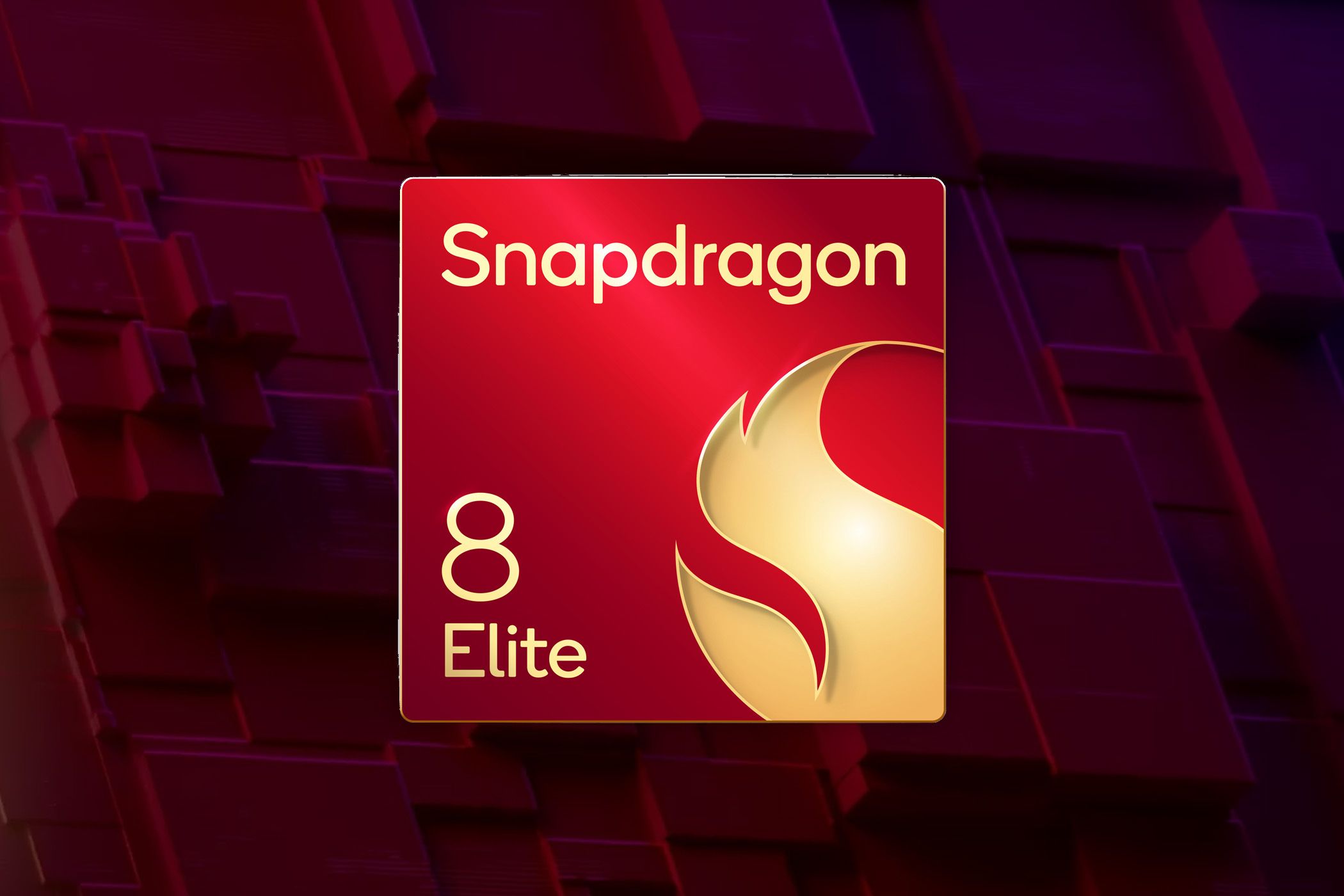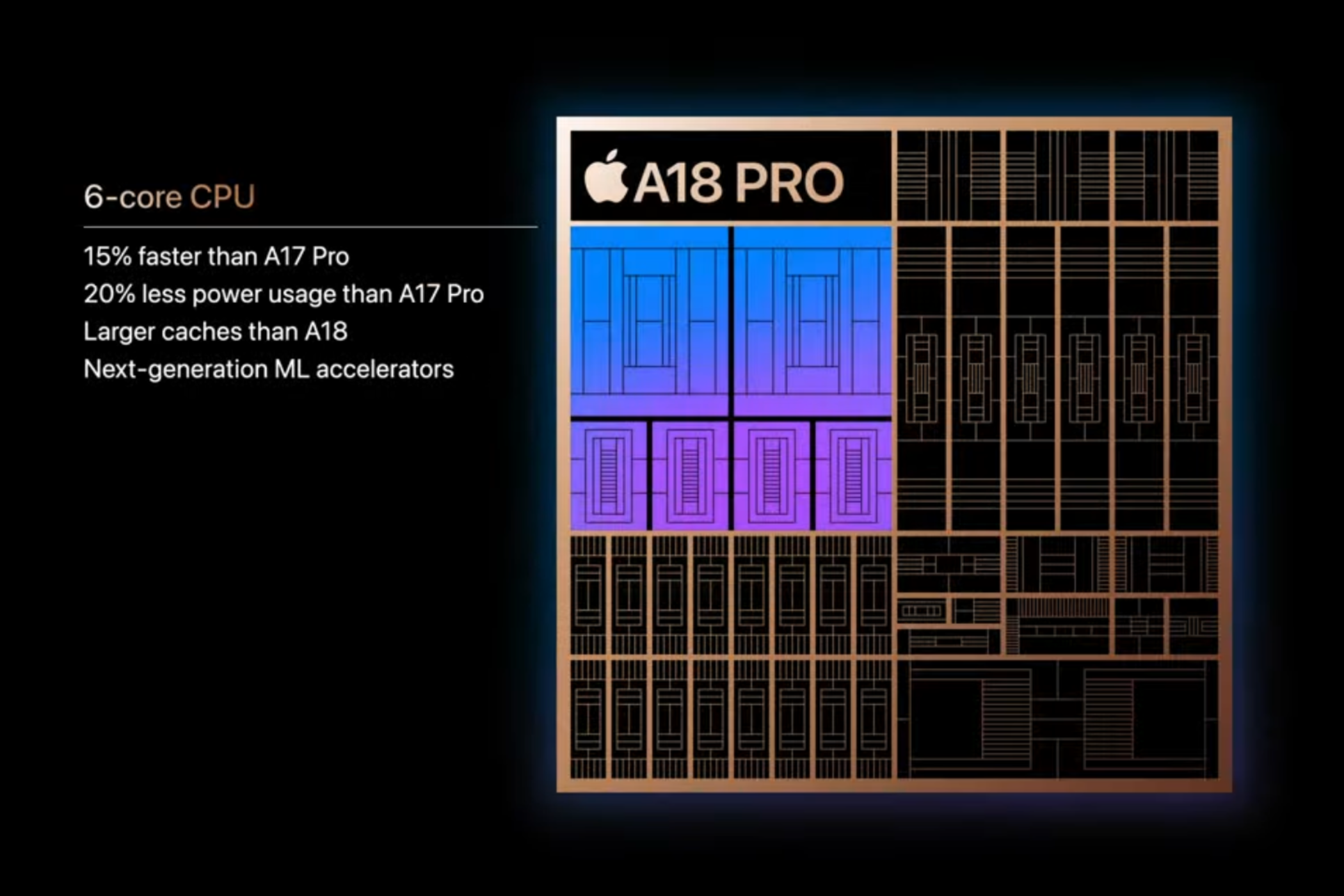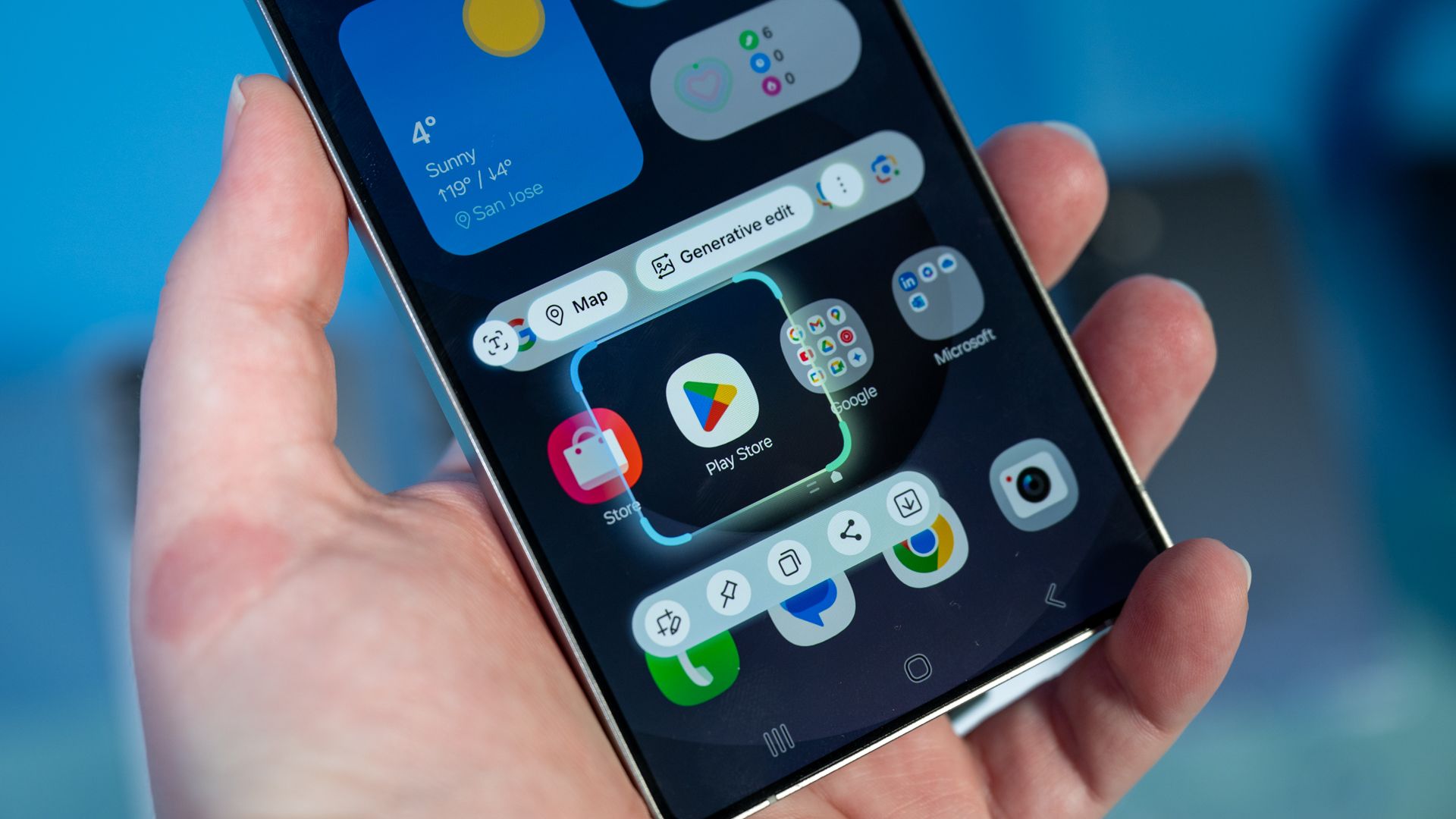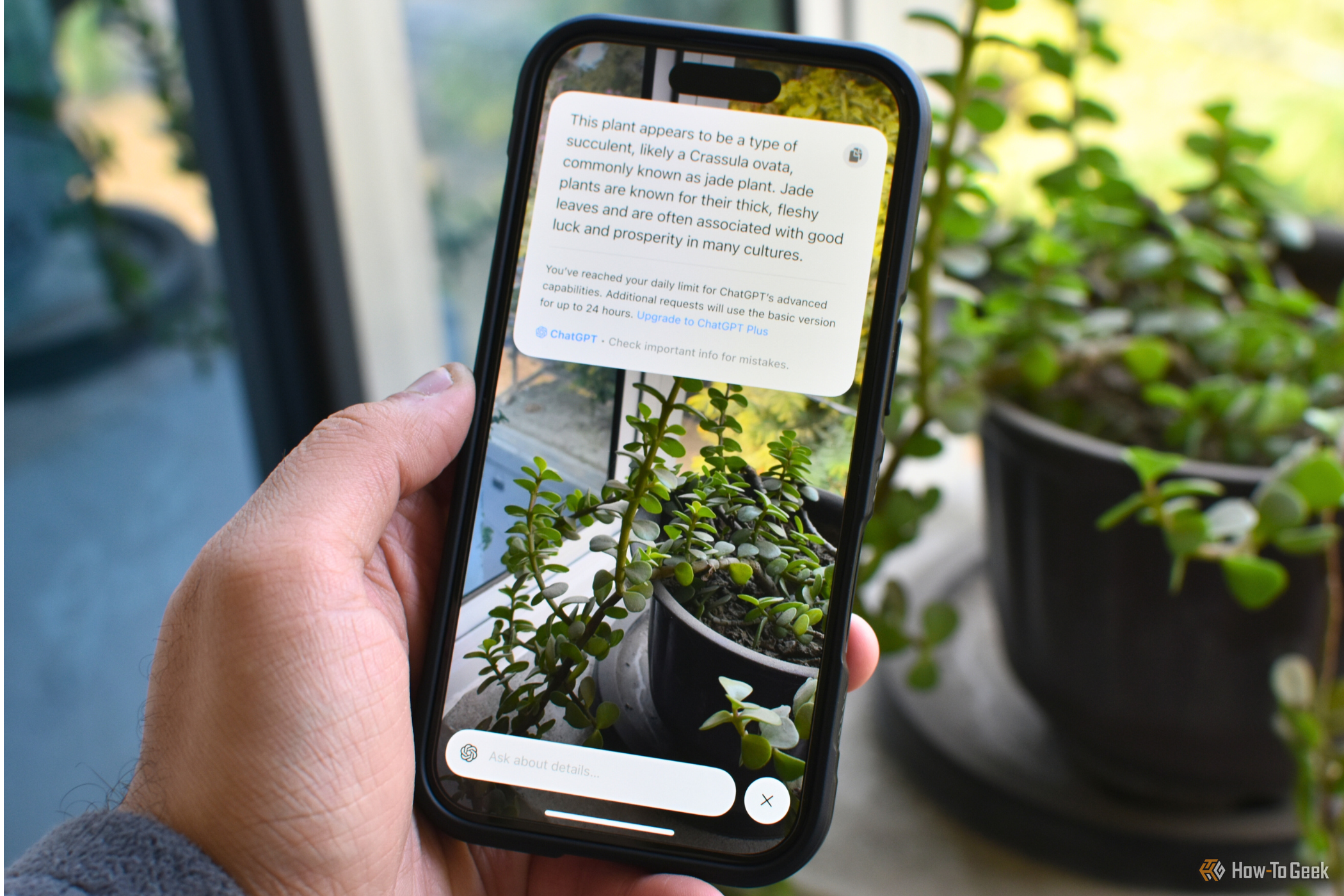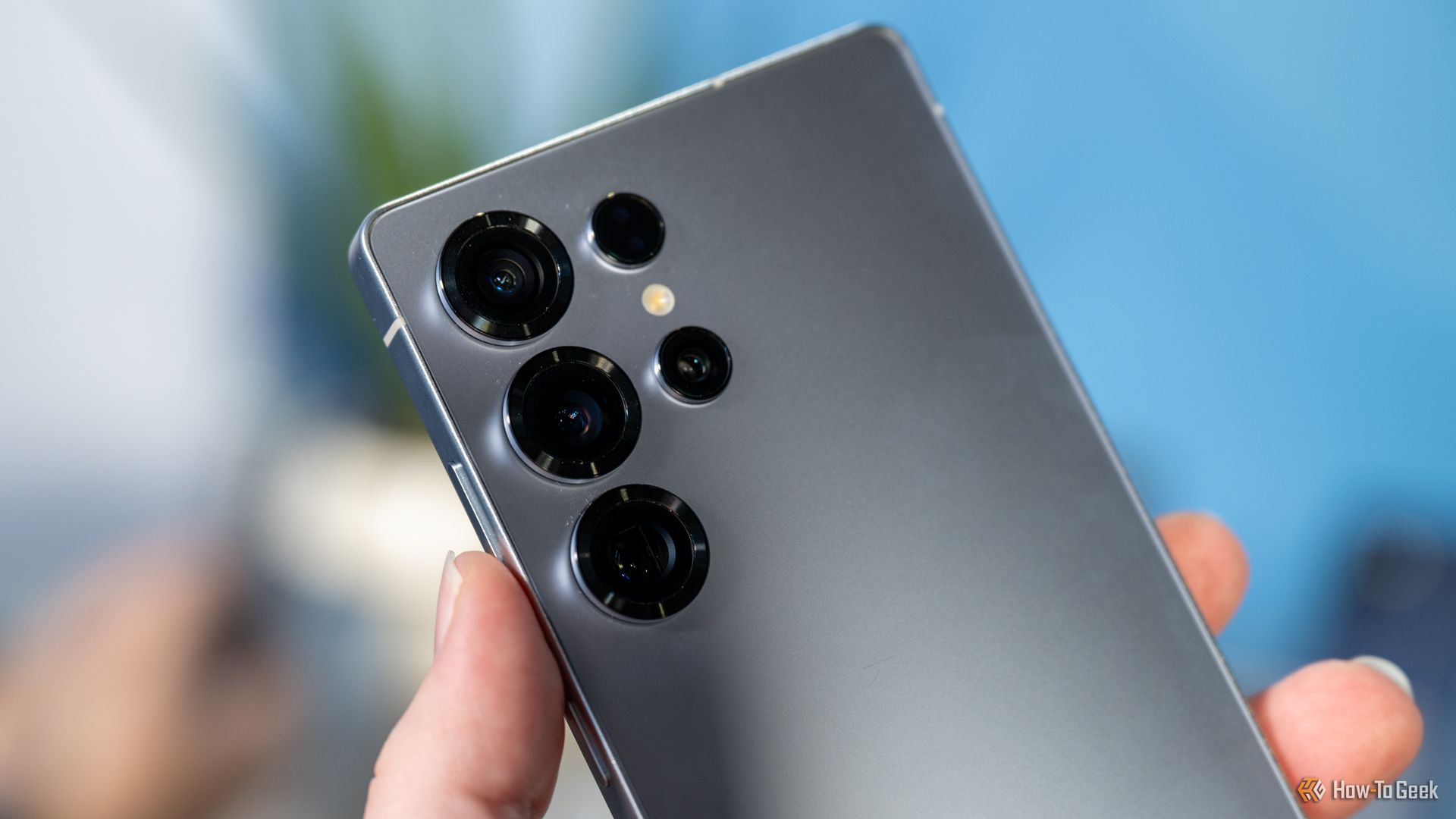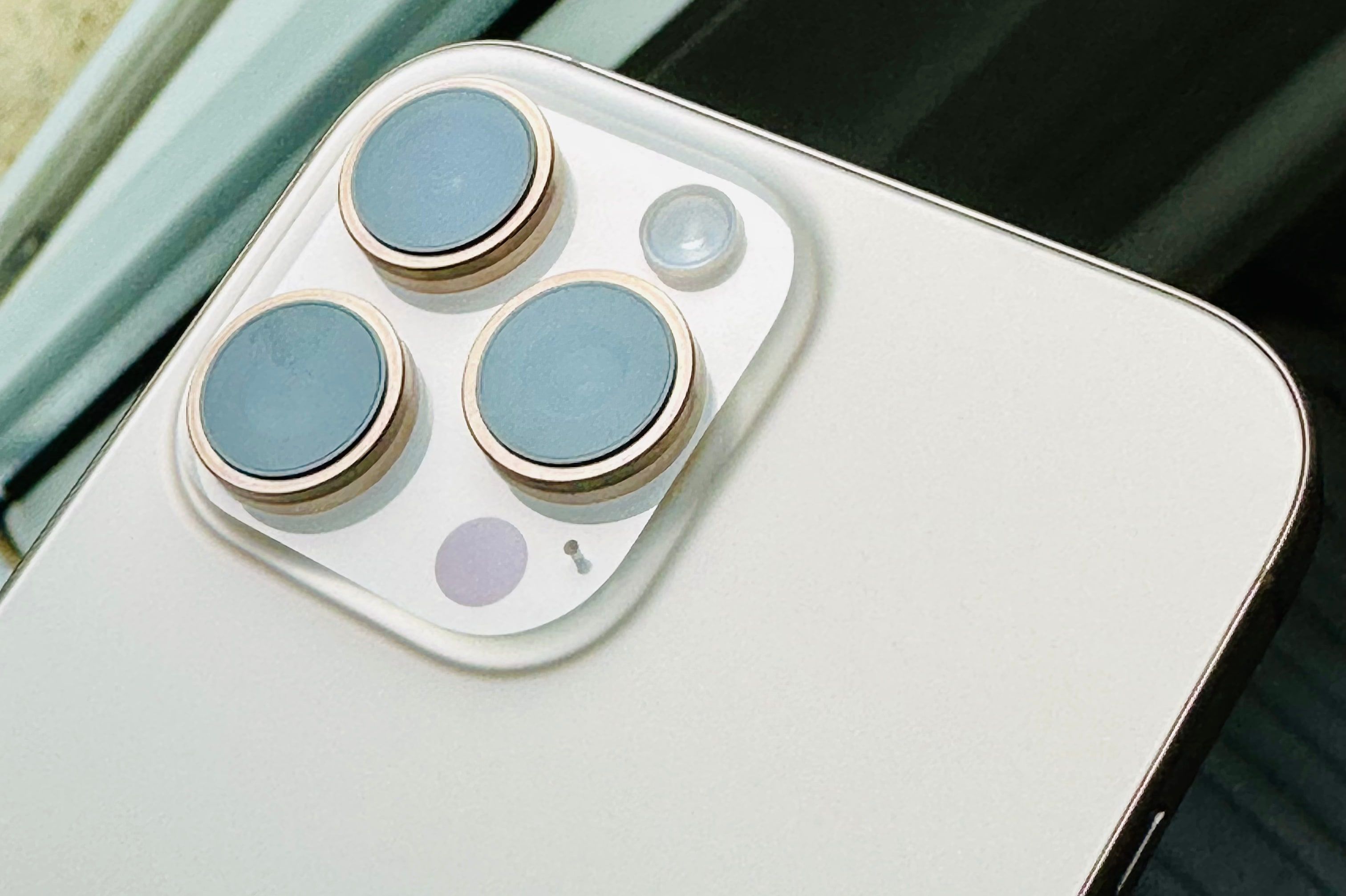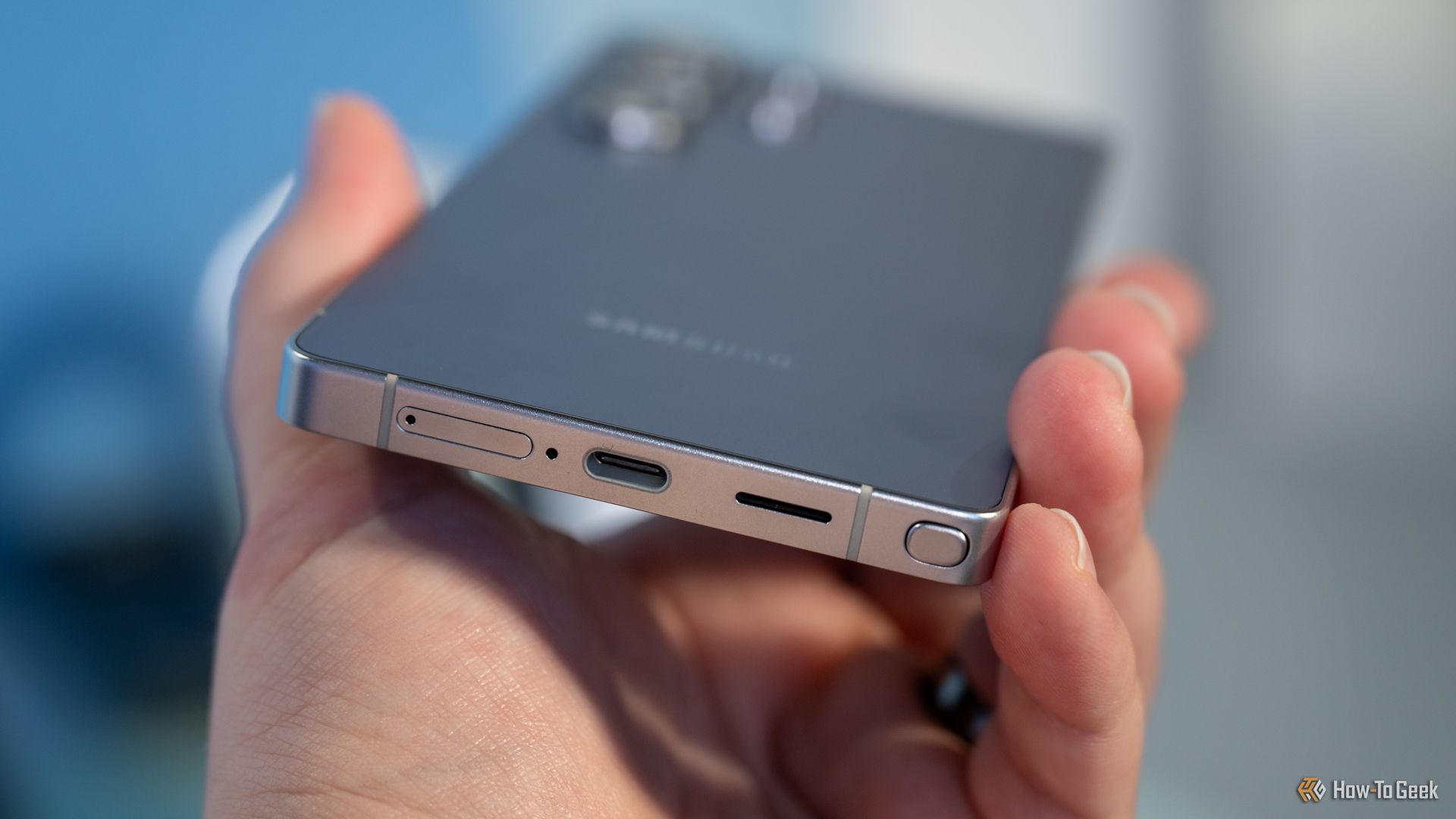Samsung’s Galaxy S25 Ultra takes big strides in integrating AI into every aspect of the user experience, but is it enough to stand a chance against the iPhone 16 Pro Max? Let’s find out.
Price and Availability
The Galaxy S25 Ultra (256GB) costs $1,299.99. It is currently available for pre-orders and will hit stores starting February 7, 2025. The iPhone 16 Pro Max (256GB) starts from $1,199 on the company’s official website.
Galaxy S25 Ultra Isn’t as Heavy as the iPhone 16 Pro Max
Available in colors like Titanium Silverblue, Titanium Black, Titanium Whitesilver, and Titanium Gray, the Galaxy S25 Ultra feels quite different from its predecessor; it features rounder corners, a slimmer frame (8.2 mm), and a lighter chassis (218 grams).
However, the phone also has familiar elements like vertically stacked camera sensors and a glass back (made with the more durable Gorilla Armor 2). The handset is also available in three online-exclusive colors, including Titanium Jadegreen, Titanium Jetblack, and Titanium Pinkgold.
The iPhone 16 Pro Max comes in four different colors: Black Titanium, White Titanium, Natural Titanium, and Desert Titanium (apologies for the overuse of the word, but that’s just the way it is). Interestingly, the iPhone is only 0.2 mm taller and 0.1 mm thicker but weighs nine grams more than the Galaxy S25 Ultra.
One of the key differentiators of the flagships’ design is the square-shaped camera module on the otherwise textured matte glass back. Beyond that, both phones have a grade-five titanium frame with flatter edges. Even though both smartphones have an IP68 rating, the Ultra can survive 30 minutes in up to 1.5m of freshwater, while the Pro Max can do the time in up to 6m.
Galaxy S25 Ultra Sports a Brighter Screen With Slimmer Bezels
On the Galaxy S25 Ultra, you get a 6.9-inch Dynamic AMOLED 2x display with 3,120 x 1,440 pixels (498 ppi) and a peak brightness of 2,600 nits. The panel also supports a variable refresh rate from 1 to 120Hz, unlocking the always-on functionality.
Samsung has added the Corning Gorilla Armor 2 to the screen for improved protection against drops and scratches. Last but not least, the phone also features an ultrasonic under-display fingerprint scanner for quick and accurate biometric scanning.
Like its predecessor, the Galaxy S25 Ultra comes with a built-in stylus called S-Pen, which unlocks features like note-taking, makes editing photos or videos easier, and allows you to write messages or inputs using your hands. However, for some unknown reason, Samsung has removed the Bluetooth functionality from the S25 Ultra’s S-Pen, implying that you can no longer use it as a remote shutter for the camera app.
The iPhone 16 Pro Max also offers a 6.9-inch Super Retina XDR OLED display with 2,868 x 1,320 pixels (460 ppi) and a peak brightness of 2,000 nits. You can also set the screen to one nit of brightness, which could be useful during late-night usage.
Unlike the punch-hole notch on the Galaxy S25 Ultra, the iPhone 16 Pro Max has a pill-shaped notch for housing the Face ID sensors and a secondary circular cutout for the front-facing camera (or what Apple calls the Dynamic Island).
Last but not least, the iPhone 16 Pro Max supports ProMotion technology, which is Apple’s name for the variable refresh rate feature (1-120Hz) and, by extension, the always-on feature.
Snapdragon 8 Elite vs. A18 Pro
Without going into the technicalities, the Galaxy S25 Ultra and the A18 Pro provide top-tier CPU and GPU performance and can handle anything you throw at them. Whether it is recording or editing 4K videos, running video games at their highest graphics settings, or processing the AI-based features offline, the handsets are perfectly capable of doing it without any hiccups.
For the geeks, the Galaxy S25 Ultra runs on an overclocked version of the Snapdragon 8 Elite (3nm) chipset, which has two 4.47 GHz prime cores and six 3.53 GHz performance cores. Besides the capable CPU, the Adreno 830 GPU offers Vulkan Engine API and better ray tracing for a more immersive mobile gaming experience.
The Snapdragon 8 Elite on the Galaxy S25 Ultra is combined with 12GB of LPDDR5X RAM and up to 1TB of UFS 4.0 storage.
Coming to the other side of the fence, the iPhone 16 Pro Max features Apple’s most powerful and efficient chipset to date, the A18 Pro (3nm). Its hexa-core cluster design comprises two 4.05 GHz prime cores and four 2.42 GHz balanced cores. With a hexa-core GPU that provides hardware-accelerated ray tracing, the chipset can handle AAA video games.
The A18 Pro runs alongside 8GB of LPDDR5X RAM and up to 1TB of NVMe storage.
Galaxy AI vs. Apple Intelligence
The Galaxy S25 Ultra ships with the Qualcomm Hexagon NPU, which provides the raw computational power required to localize Galaxy AI features like Generative Edit entirely on the device.
The chipset also powers the new multimodal AI agent on the Galaxy S25 Ultra (and the other smartphones in the series), which can execute multi-step tasks with a better understanding of natural language. The Gemini AI assistant can now access the information on the screen in Samsung and Google apps and other third-party apps like WhatsApp and Spotify.
In theory, you can ask Gemini to send a picture or video from your gallery to a contact on WhatsApp, and the AI voice assistant should be able to do so. Further, the Circle to Search feature can now recognize phone numbers and contact details.
Moreover, Galaxy AI on One UI 7 can offer personalized and intuitive suggestions, thanks to the raw processing power provided by the Snapdragon 8 Elite chipset.
With its new 16-core Neural Engine, the iPhone 16 Pro Max also runs a few GenAI features, such as text-to-image generation via the Image Playground, proofreading and rewriting text via Writing Tools, and advanced image search in the Photos app.
However, Apple Intelligence also includes features that require cloud processing, such as Webpage Summaries, Visual Intelligence, and ChatGPT-integration in Siri. In the past, we’ve heard some rumors about Siri getting on-screen awareness, but Apple hasn’t been able to push the update yet, giving Galaxy AI an upper hand.
Galaxy S25 Ultra Offers a Better Camera Setup
For years, Samsung’s Ultra variant has provided a more versatile camera setup than the iPhone Pro Max, and this year is no different.
The Samsung Galaxy S25 Ultra has a four-camera setup: a 200MP (f/1.7, OIS) primary sensor, a 50MP (f/1.9) ultrawide sensor with autofocus, a 10MP (f/2.4, OIS) sensor with a 3x telephoto lens, and a 50MP (f/3.4, OIS) sensor with a 5x telephoto lens. Then, there’s the 12MP (f/2.2) selfie camera.
With this setup, you can capture pictures at virtually any zoom range from 0.5x to 100x (what the company calls Space Zoom). The ultrawide sensor also doubles as a macro shooter. Then, you get features like 8K video recording at 30 fps and 4K video at 120 fps, better low-light videos, virtual depth-of-field control in the Expert RAW mode, and improved Portrait Studio.
The iPhone 16 Pro Max also lets you click varied photos and videos, but it isn’t as good as that on the S25 Ultra. To begin with, you get a 48MP (f/1.8) primary sensor with sensor-shift stabilization, another 48MP (f/2.2) ultrawide sensor with autofocus, and a 12MP (f/2.8) tertiary sensor with a 5x telephoto sensor. Like its competitor, the iPhone has a 12MP (f/1.9) selfie shooter.
On the iPhone, you get the new Camera Control button, which allows you to click pictures quickly and more efficiently. Other features include Smart HDR 5, latest-generation Photographic Styles, the ability to capture macro photos, 4K Dolby Vision recording at 120 fps videos, 4K Cinematic Mode, and Audio Mix. Even so, the iPhone 16 Pro Max is limited to 25x digital zoom, which isn’t even close to what the S25 Ultra offers.
Both Phones Offer Excellent Battery Life
Samsung equips the Galaxy S25 Ultra with a 5,000 mAh battery that can provide up to 31 hours of video playback. The battery cell supports 45W fast wired charging, Fast Wireless Charging 2.0, and reverse wireless charging.
The iPhone 16 Pro Max has a 4,685 mAh battery that supports 20W wired charging, 25W MagSafe wireless charging (with a 30W adapter or higher), 15W Qi2 wireless charging, and Qi wireless charging. The iPhone 16 Pro Max lasts up to 33 hours of video playback.
Which Is the Right Phone for You?
I wish I had a simpler answer to this question, but hear me out. If you’ve been an Android user for a while, or better, a One UI user, and wish to stay put with the ecosystem, the S25 Ultra could be a better choice.
The phone offers a brighter screen, features one of the most powerful chipsets on a smartphone, runs agentic AI, and has a camera setup that can capture pictures in almost every scenario. Then there’s the S-Pen, which offers added functionality (but not as much as that on the S24 Ultra).
On the other hand, if you prefer using iOS, have set up an Apple ecosystem, and like the Apple Intelligence features, you can’t go wrong with the iPhone 16 Pro Max.
It also offers exceptional battery life, which is ideal for users who don’t like carrying power adapters or power banks. Prioritize what you want and make an informed decision.
-
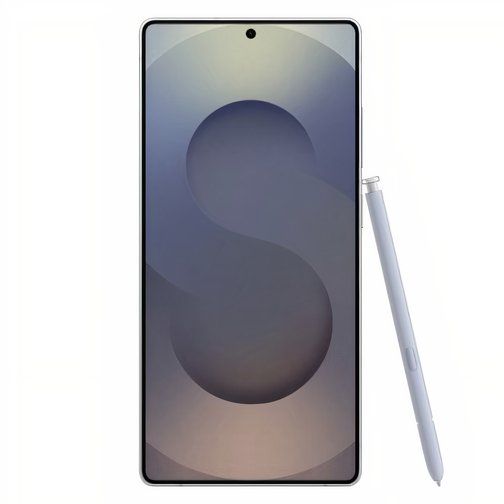
Samsung Galaxy S25 Ultra
The Samsung Galaxy S25 Ultra is a top-of-the-line smartphone with a 6.9-inch QHD+ Dynamic AMOLED 2X display and a 120Hz refresh rate. It boasts the Snapdragon 8 Elite processor, 12GB of RAM, and a 5,000mAh battery with 45W Super Fast Charging 2.0.
-
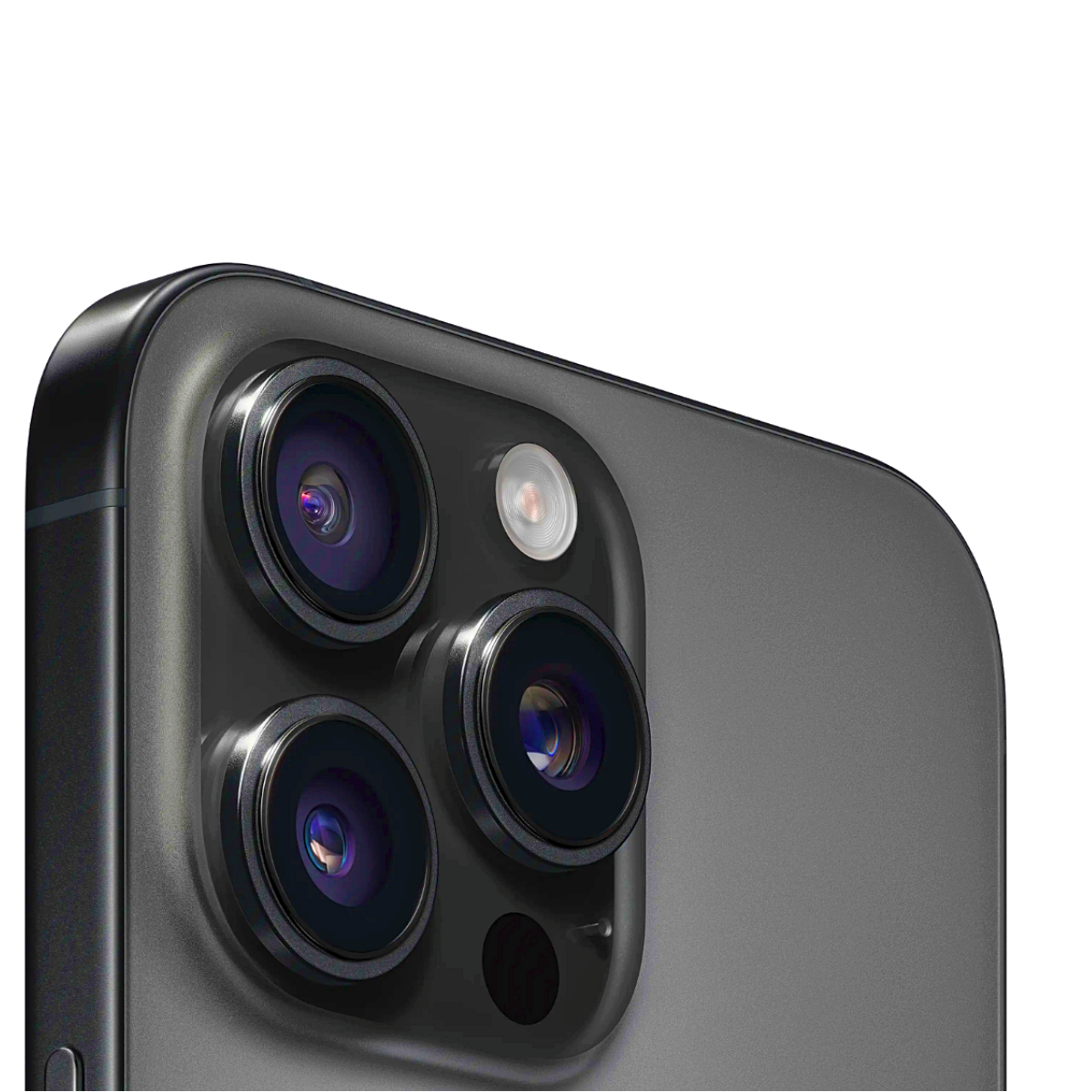
Apple iPhone 16 Pro Max
The iPhone 16 Pro Max is a battery powerhouse. It offers unparalleled longevity among iPhones and outperforms most of its competitors.


